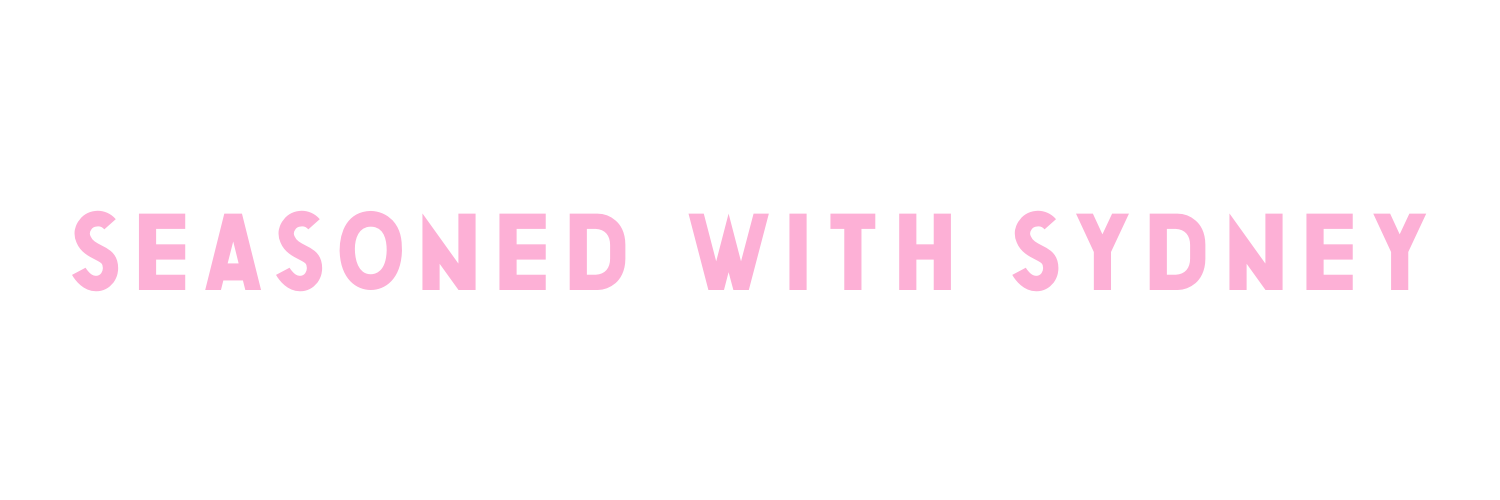Book Review: Lessons in Chemistry by Bonnie Garmus
For Elizabeth Zott, chemistry is everything. It’s her first love, her passion, and her purpose. But in the 1950s, when all women are expected to aspire to is marriage and motherhood, making chemistry a career poses a certain set of challenges. From an abhorrent incident as a student at UCLA to sexist managers once she finally does land a job in her field to jealous, opportunistic male co-workers who vacillate between demeaning her and seeking her assistance, Elizabeth faces resistance everywhere she turns. But one person believes in her: Calvin Evans, a literal lanky giant both revered and reviled by his colleagues, and the reason Hastings Research Institute, their mutual workplace, can keep the lights on. Calvin and Elizabeth’s connection is almost instant (save for the short period of time where they hate each other), and their chemistry, both personally and professionally, is undeniable, much to the disgust of their peers. The two perpetual loners find family and fortitude in each other and create a world that is wholly theirs. But Bonnie Garmus’ Lessons in Chemistry is not strictly a love story. Or, at least, not in the way you might think.
Fast-forward a few years and Elizabeth has left the Hastings Institute, now hosting a PBS-type cooking show that is sweeping the nation. Supper at Six is unlike any public access show before it. Sure, it’s set in a state-of-the-art kitchen and filmed before a live studio audience, but there are no fluffy chats about oven mitts and aprons, or tips on how to fold a napkin just right. No, every weekday during the Afternoon Depression Zone, a term her producer uses, when exhausted housewives need a break from their duties, Elizabeth cooks up lessons in chemistry, complete with scientific names for common ingredients (sodium chloride in place of salt for example), and an easel often filled with complex equations. Soon, women everywhere are exploring STEM, and Elizabeth Zott finds herself at the helm of a revolution. But with the success, respect, and pay grade she’s always deserved, there’s still a burning question only she can answer: is this really what she is meant to do?
Filled with brilliant writing, well-developed characters, and a cleverly-woven plot, Lessons in Chemistry is a truly unique novel that is well-paced and hard to put down. As a woman living in this century, it was amazing to think about how far we’ve come, and also important to acknowledge that it still isn’t nearly far enough. But this is no sob story, though there are plenty of moments throughout the book that may make you want to cry. At its core, Chemistry is a story of empowerment, independence, perseverance, friendship, and love in all its forms. It is, without a doubt, one of my favorite books of 2022 so far.
★ ★ ★ ★ ★
Buy Lessons in Chemistry by Bonnie Garmus HERE.










